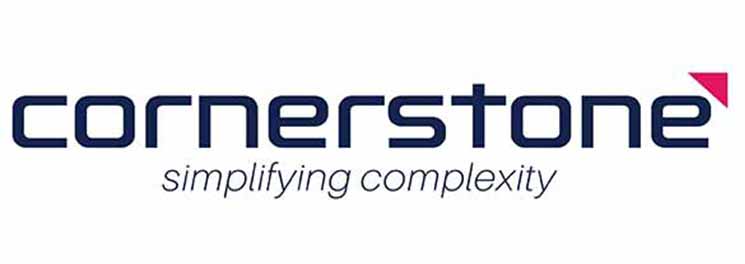
Rethinking Resilience: From Shock Absorber to Strategic Enabler
Resilience isn’t about reacting faster—it’s about responding better in a world where disruption is constant. It’s the difference between scrambling to catch up and moving forward with clarity and control.
For decades, organisations have treated resilience as little more than insurance – a safety net, quietly tucked away until needed. But the frequency and scale of disruption today mean that traditional approaches no longer cut it.
According to the World Economic Forum, 84% of global companies feel underprepared for current and future disruptions. Even more striking: only 13% of businesses have fully embedded resilience KPIs into their strategic planning.
Organisations that still view resilience as a set of contingency plans will continue to be blindsided – by policy shifts, supply chain fragility, inflation spikes and the compounding effect of technology and geopolitical risk. The challenge now isn’t just how to respond to a crisis, but how to operate within a constant state of volatility – and still move forward with momentum.
Resilience in the current environment is a dynamic capability that has to be lived in real time. It needs to be embedded in the way businesses plan, operate and decide – and sustained even as conditions shift.
Closing the resilience gap
The WEF report shows that while companies feel somewhat prepared in areas like financial and digital resilience, they’re far less confident in their foresight, disruption preparation and scenario planning capabilities – the very muscles that make long-term resilience possible.
This reflects what we see on the ground. Many businesses have made progress in modernising data and forecasting tools, but decision-making still gets bottlenecked in silos. Scenario modelling happens in semi-annual or even annual strategy cycles – not at the cadence needed to manage real-time volatility. Leadership conversations are focused on reaction and issue management, not strategic response.
At its core, better resilience comes from better design. That means embedding Integrated Business Planning (IBP) and strengthening FP&A functions to align strategic decisions with operational reality. It also means building out functional scenario planning capabilities – the ability to model multiple futures and pivot fast, rather than reforecast once a quarter and hope for the best.
And finally, it also means creating the structural mechanisms to sustain resilience – something we see increasingly within supply chains that are planning at two-speeds to weather the current volatility. At a tactical level, Centres of Excellence embed strategic thinking and ensure it’s connected across the business; while SWOT teams translate risk signals into action before the disruption hits. These functions are quickly becoming the architecture of a business that’s planning to endure – and grow.
Mature organisations are also evolving the way they define and measure resilience. Resilience used to be a conversation about whether or not the business could absorb impact; today the focus is shifting to whether you can maintain momentum and preserve optionality. Resilient organisations survive change – then go on to keep their strategic choices open, even as the world closes in.
Technology helps to underpin this new kind of resilience, however a shift in mindset and structure is also required. Scenario planning becomes part of the rhythm of the business. Forecasts are no longer a reflection of historical financial inputs; they draw on cross-functional intelligence. And resilience KPIs sit alongside growth metrics, not beneath them.
Building strategic advantage through resilience
There are tangible benefits in making the shift from static resilience planning to a more dynamic, forward-moving capability. According to the WEF, companies that operationalise resilience through long-term capabilities like foresight, scenario modelling and cross-functional planning are seeing stronger revenue growth and higher customer retention than their peers.
These are the same organisations investing in the maturity of their planning environments – moving beyond one-off digital projects and into more integrated decision-making ecosystems. They are embedding faster, more confident decision cycles that hold up under pressure.
This is resilience not as a defensive posture, but as a competitive advantage. It’s what allows businesses to plan decisively and allocate capital with confidence – even while others are still trying to understand the changes in the landscape.
Resilience earns its value in how decisions are made – not in a strategy document, but in the everyday work of planning, prioritising and adapting. That’s what sets apart the businesses that continue to move, even when the road ahead refuses to clear.
We are enablers of change and transformation in Financial Planning & Analytics, Supply Chain, Information Management, Project Delivery, and Managed Application Services. Contact us to find out more or call 1300 841 048 to find out how.





